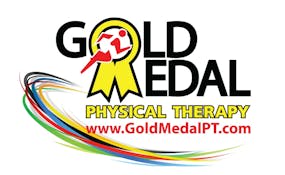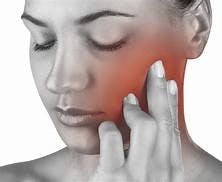Temporomandibular Disorders (TMD)
Temporomandibular disorders, TMD for short, is a musculoskeletal disorder that has a high prevalence but often goes overlooked. Women between the ages of fourteen and fifty years old are five times more likely to be diagnosed with TMD than men. Steven L. Kraus, a Physical Therapist that has over forty years experience in treating orofacial pain, states that TMD ranks only second to low back pain in the United States as a prevalent musculoskeletal problem.
Physical Therapy and Jaw Pain
Current research shows that there is an 85% success rate with conservative physical therapy care for non-surgical patients. While medications and oral appliances work well in the short term, research has shown that soft tissue mobilization, joint mobilization, dry needling, modalities, postural re-education, and education about contributing habits can be addressed with physical therapy and provide long term relief of symptoms.
Who is Appropriate for Physical Therapy?
Anyone who is complaining of jaw, neck, or face pain, clenching, headaches, and ringing in the ears as well as cervical pain. There is a 92% correlation for those who are suffering from jaw pain, also have dysfunction in their upper cervical spine which is evaluated and treated in physical therapy.
Is Physical Therapy Covered by insurance?
Most treatments are covered by insurance. We accept all major medical insurances including Medicare and Medicaid. We also offer cash options. We bill through your medical insurance and not your dental insurance.
What do I do next?
Kyle Jones is one of our physical therapists who has extensive training in diagnosing and treating TMD and works out of both the Perry Hall and Bel Air offices. If you have any questions regarding treatment or referral of a patient, please call either office and ask to speak to Kyle directly or contact him by email.

KJones@goldmedalpt.com


